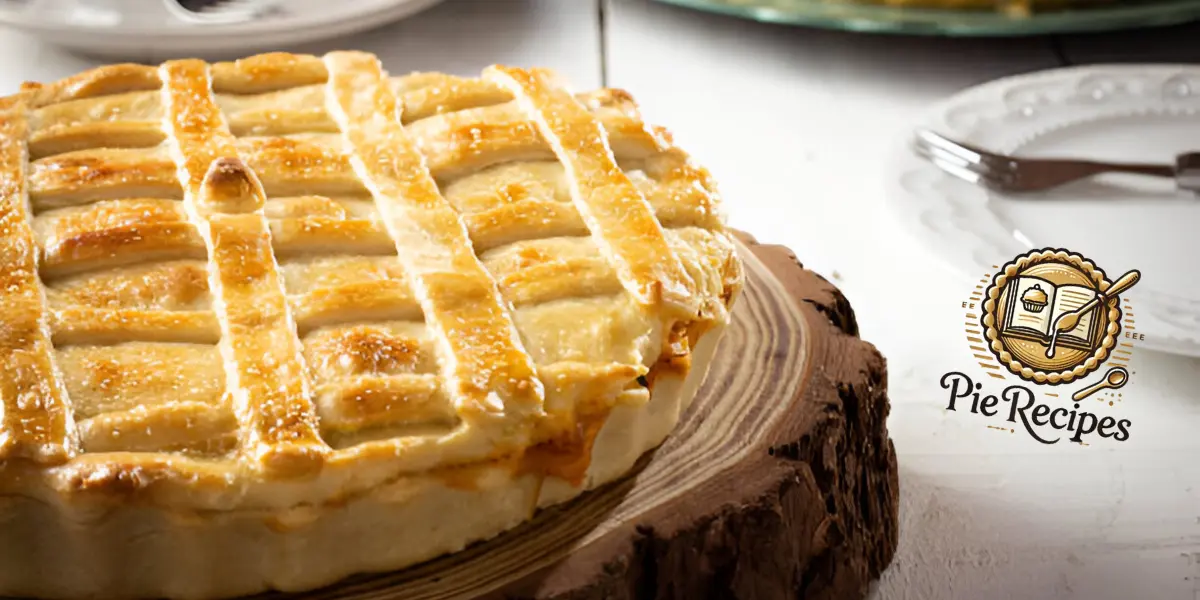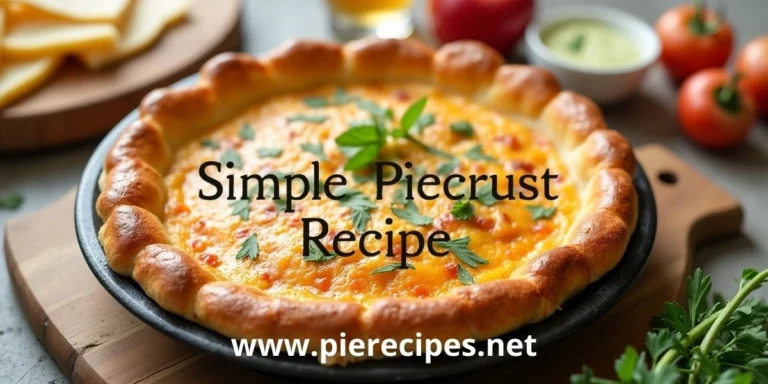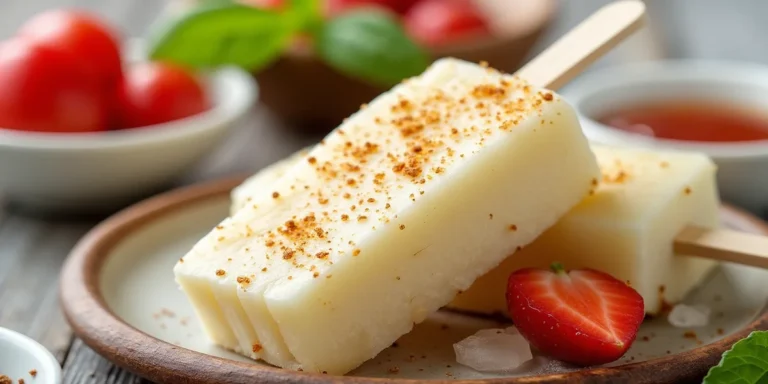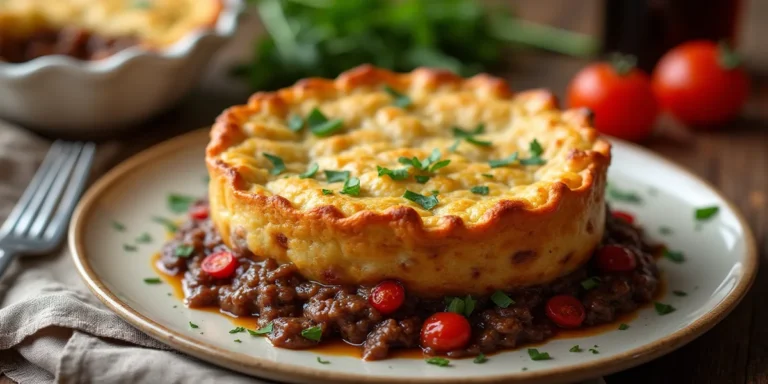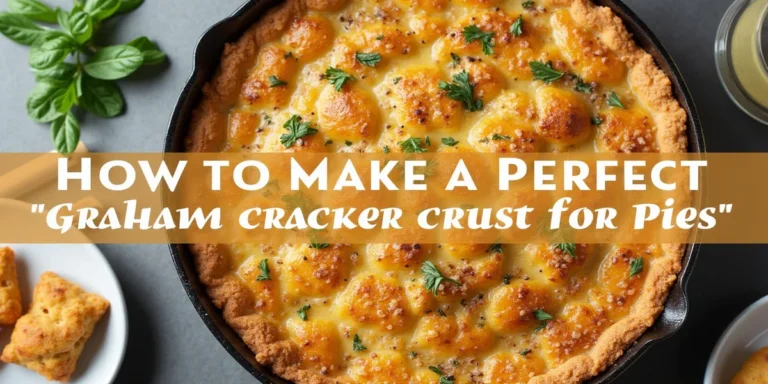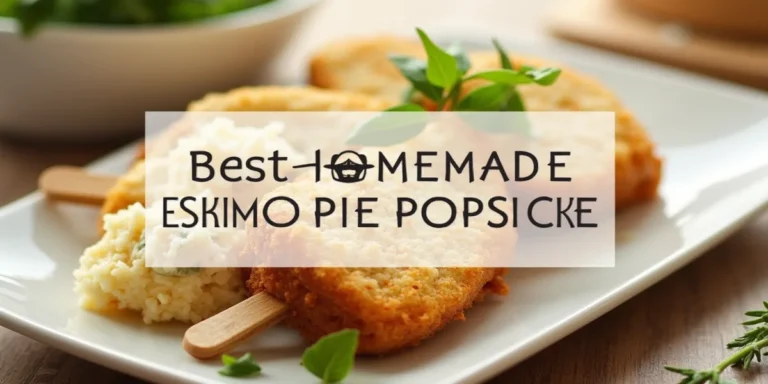7 Pie Crust Using Crisco Tips for Flaky Perfection
Table of Contents
Baking the perfect pie crust with shortening is an art. It can make your desserts even more delicious. Whether it’s a classic apple pie or a fancy lattice-topped pie, mastering the pie crust is crucial. This guide will teach you how to make the flakiest, most tender pie crust using Crisco.
Learn about the different types of shortening and how to measure your ingredients perfectly. This article will give you the skills to make pie crusts that wow everyone. Get ready to become a pie crust expert and elevate your baking skills.
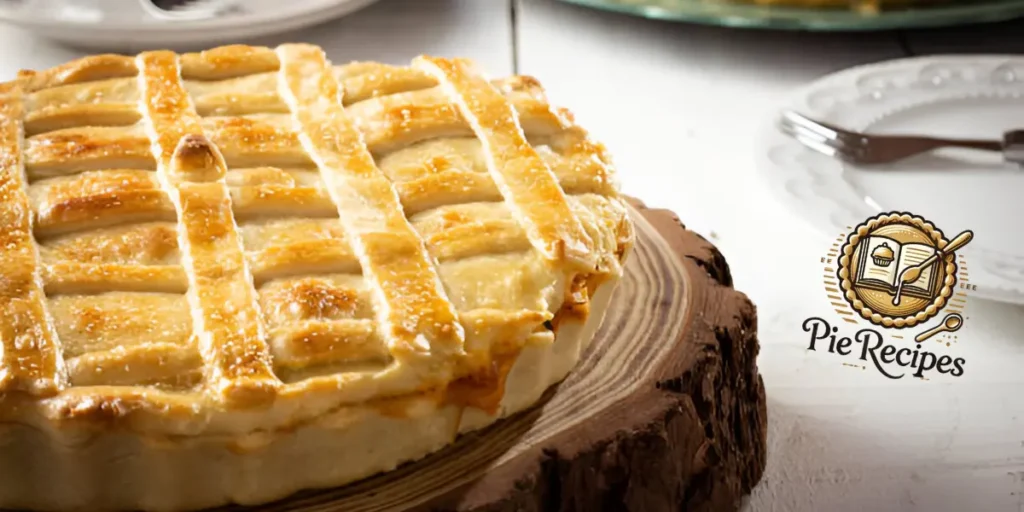
Key Takeaways
- Understand the different types of shortening and their unique properties
- Learn the importance of using cold ingredients for a flaky crust
- Discover the perfect ingredient ratios for a tender, flaky pie crust
- Master step-by-step instructions for preparing a Crisco-based pie crust
- Avoid common mistakes that can sabotage your pie crust
Essential Ingredients for a Flaky Pie Crust with Shortening
Making the perfect pie crust with shortening needs careful ingredient selection and precise measurements. Knowing each ingredient’s role is key to achieving a flaky texture. This texture makes any homemade pie special.
Understanding Different Types of Shortening
The type of shortening you pick can change your pie crust’s taste and texture. Solid shortening, like Crisco, is often chosen for its flaky, tender crust. Vegetable oils and butter-based shortenings also have their own flavors and textures.
The Role of Cold Ingredients
Temperature is very important in making a great pie shell. Keeping your flour, shortening, and tools cold is crucial. This helps the dough stay firm, preventing the fat from melting too fast. This way, you avoid a tough, unwanted crust.
Proper Ingredient Measurements
When working with shortening, measuring ingredients accurately is vital. Getting the flour, shortening, and water right ensures a flaky, tasty crust. Too much water or overworking the dough can make the crust tough and dry.
| Ingredient | Measurement |
|---|---|
| All-purpose Flour | 2 1/4 cups |
| Shortening (Crisco) | 3/4 cup |
| Ice Water | 6-8 tablespoons |
| Salt | 1 teaspoon |
Understanding the essential ingredients and their roles in making a flaky pie crust with shortening is crucial. This knowledge will help you bake pies that impress everyone.
Pie Crust Using Crisco: Step-by-Step Preparation
Making a pie crust with Crisco is easy and always results in a flaky, tender crust. Follow this guide to learn how to make a piecrust using Crisco.
- Chill Your Ingredients: Start by chilling all your ingredients, including the Crisco shortening. This step is key to getting a flaky texture. It prevents the fat from melting too fast when you mix it.
- Mix the Dough: In a big bowl, mix together the flour, salt, and chilled Crisco shortening. Use a pastry blender or your fingers to cut the Crisco into the flour until it looks like coarse crumbs. Afterward, gradually incorporate ice-cold water, adding one tablespoon at a time.
- . Mix gently until the dough forms.
- Split the dough into two equal portions and chill.. Shape each into a disc, wrap in plastic wrap, and chill for at least 30 minutes (or up to 3 days) before rolling.
- Roll Out the Dough: On a lightly floured surface, roll out one disc of dough into a circle about 12 inches in diameter and 1/8 inch thick. Carefully place the dough in a 9-inch pie plate, pressing it into the bottom and sides.
- Crimp the Edges: Trim any extra dough from the edges, leaving about 1 inch of overhang. Tuck the overhang underneath and pinch the edges with your fingers. This creates a decorative pattern.
By following these simple steps, you’ll be well on your way to creating a pie crust using Crisco that is flaky, tender, and perfect for your favorite pies.
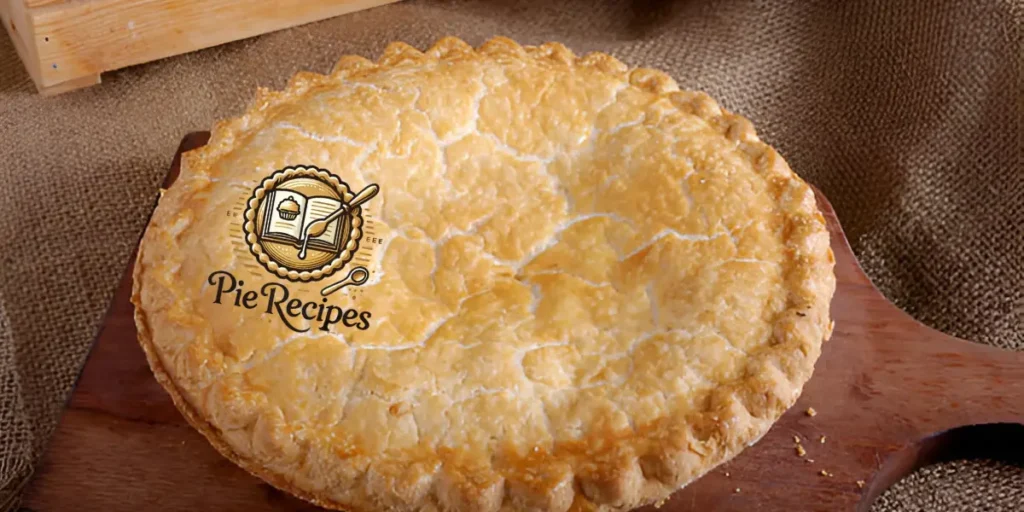
Common Mistakes to Avoid When Making Shortening Pie Crust
Making the perfect pie crust recipe with shortening is a delicate task. Even skilled bakers can face common problems. By knowing and avoiding these issues, you can make a flaky, golden piecrust. This will take your homemade pies to the next level.
Temperature Control Issues
Temperature is key when using shortening for your pie crust recipe with shortening. If it’s too warm, the shortening melts too soon, making the crust tough and greasy. On the other hand, if it’s too cold, the dough becomes hard to roll out. Make sure all ingredients, including the shortening, are chilled before starting.
Overworking the Dough
It’s easy to get carried away when mixing and kneading the piecrust dough. But this can make the crust tough and chewy instead of tender and flaky. Handle the dough gently and avoid overworking it to keep the right texture.
Improper Rolling Techniques
Rolling out the pie crust recipe with shortening dough needs care. Too much flour makes the crust dry and prone to cracking. Not enough flour causes it to stick. Use a light touch and just enough flour to prevent sticking, rolling the dough from the center outward for the best results.
By avoiding these common mistakes, you’ll be on your way to making perfect piecrusts. The secret is in the magic of shortening, which adds flakiness and tenderness.
Advanced Techniques for Creating Beautiful Pie Edges
Take your pie-making to the next level with these advanced techniques. Whether you’re making a classic apple pie or trying something new, the crust’s look can impress your guests.
First, learn the pie crust with shortening method for a flaky crust. Then, try these advanced methods to enhance your pie edges:
- Fluted Edges: Use a fork or your fingers to create a scalloped pattern. This adds texture and interest.
- Braided Crust: Cut your dough into thin strips and weave them together. It requires a bit more effort, but the outcome is truly impressive.
- Leaf Cutouts: Cut out leaf shapes with a knife or special cutters. Place them around the pie for a beautiful look.
- Crimped Edges: Fold the dough to create a rippled effect. It’s both pretty and seals the filling well.
To get the best pie shell recipe, use cold, pliable dough. Handle it gently to keep its shape. With practice, you’ll make pie edges that look like they came from a bakery.
| Technique | Difficulty Level | Visual Impact |
|---|---|---|
| Fluted Edges | Easy | Moderate |
| Braided Crust | Moderate | High |
| Leaf Cutouts | Moderate | High |
| Crimped Edges | Easy | Moderate |
Storage and Make-Ahead Tips for Shortening-Based Crusts
Making pies from scratch is rewarding, but knowing how to store and prepare your crusts is key. These tips will help you bake faster and keep your Crisco-based crusts flaky and fresh.
Freezing Guidelines
To freeze your pie crust, roll it out and place it on a baking sheet or plate. Wrap it tightly in plastic wrap or foil to keep it airtight. This way, your crust can stay in the freezer for up to 3 months.
Thawing Methods
When you’re ready to use your frozen crust, thaw it slowly. Move the wrapped crust from the freezer to the fridge overnight. This slow thawing keeps the crust flaky and prevents it from getting soggy.
Shelf Life Recommendations
Room temperature piecrust using Crisco stays fresh for up to 3 days. Wrap it in plastic or cover it with a damp towel to maintain its moisture. For extended storage, keep it in the refrigerator for up to 5 days… Allow it to reach room temperature before you bake it.
| Storage Method | Shelf Life |
|---|---|
| Room Temperature | Up to 3 days |
| Refrigerator | Up to 5 days |
| Freezer | Up to 3 months |
Follow these tips to have homemade pie crust ready whenever you want a flaky pie. Enjoy the convenience of having a delicious, shortening-based piecrust at your fingertips.
Conclusion
Creating a perfect pie crust with shortening is within reach. All you need is the right techniques and expertise. This guide has given you the tools to improve your pie-making skills.
By using shortening, you can make a pie crust recipe with shortening that wows everyone. Keep an eye on temperature, use the right amounts of ingredients, and handle the dough gently. This will help you make a consistently great best pie shell recipe.
Improving your pie crust is a journey, but you’re off to a great start. Try new things, mix up flavors, and enjoy making pies. Keep practicing and you’ll become a pie-making master.
FAQ
What is the best type of shortening to use for a pie crust?
Crisco is a top choice for pie crusts. It’s known for its neutral taste and helps make the crust flaky and tender.
How important is the temperature of the ingredients when making a pie crust with shortening?
Keeping ingredients cold is key. Cold shortening, water, and flour ensure a flaky crust. This prevents it from becoming tough or greasy.
How do I properly measure the ingredients for a shortening-based pie crust?
Measuring right is crucial. Use a spoon to level the flour, not scoop it. Pack the shortening firmly into the measuring cup.
What are some common mistakes to avoid when making a pie crust with shortening?
Avoid mistakes like wrong temperatures and overworking the dough. Also, don’t use the wrong rolling techniques. These tips will help you get a perfect crust.
How can I create beautiful, decorative pie edges using a shortening-based crust?
Try different crimping and fluting techniques. These will make your pie edges look professional and beautiful.
How can I prepare and store a shortening-based pie crust in advance?
You can freeze unbaked pie crusts for months. Thaw them in the fridge overnight. Baked crusts can be stored at room temperature for up to 5 days.

